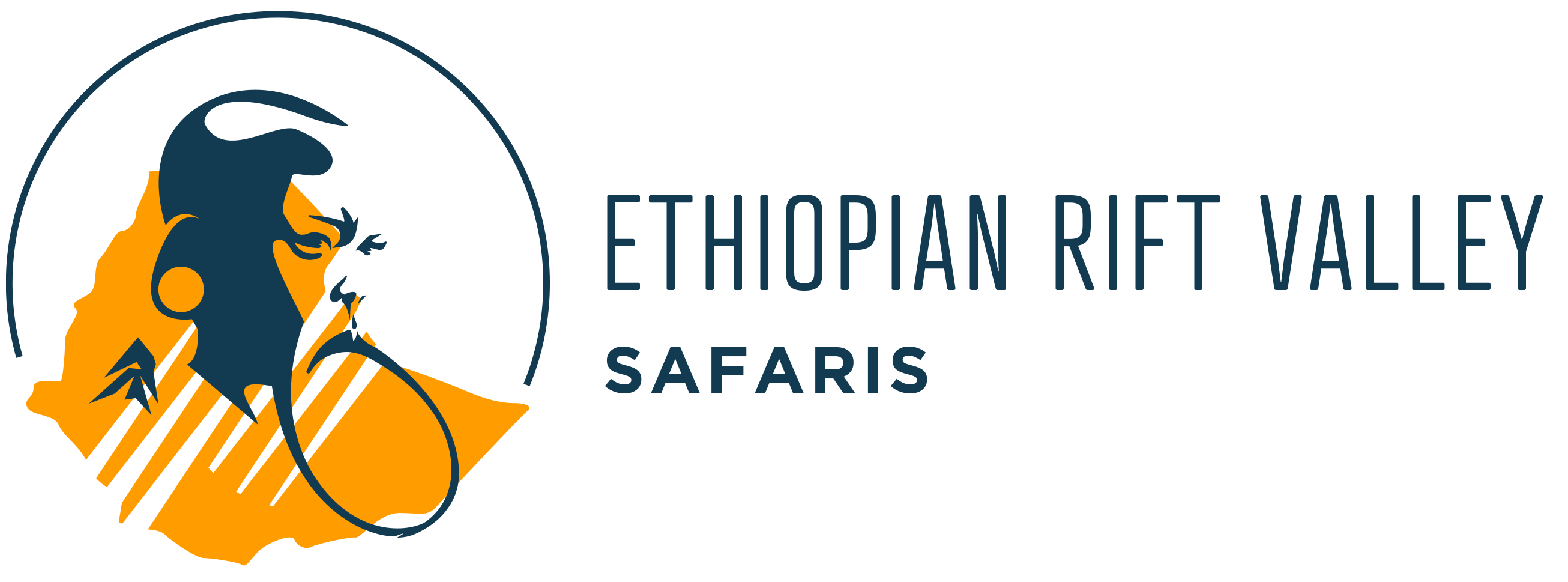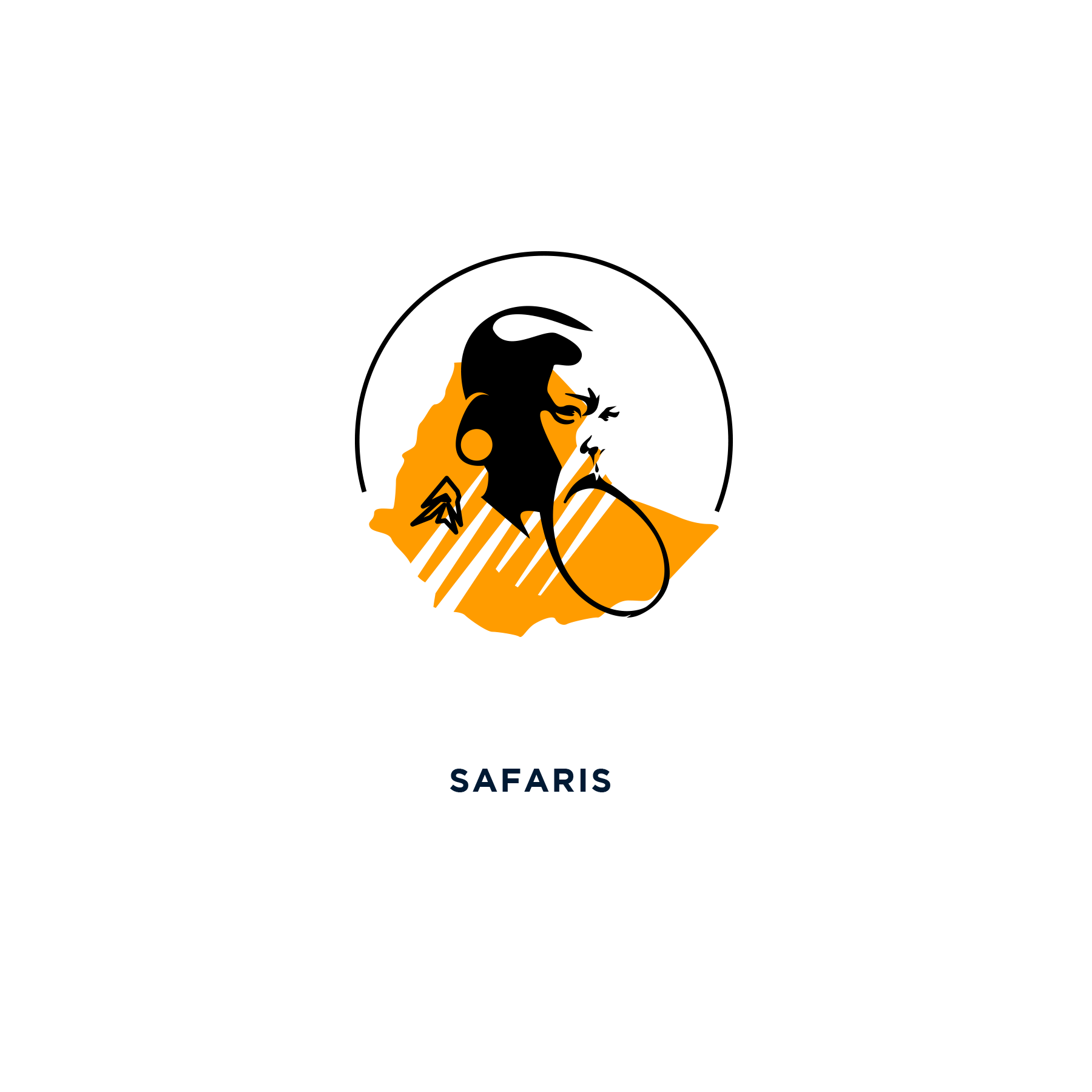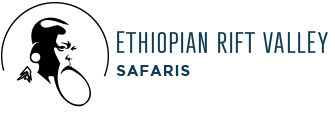Travel Tips
Frequently Asked Travel Tips and Informations.
LOCATION
Ethiopia is a ruggedly mountainous country covering 1,251,282 km and surrounded by Kenya, Eritrea, Somalia, Sudan, South Sudan and Djibouti.
CLIMATE
Ethiopia has two main seasons, the dry season from October through May and the rainy season from June through September. In the southwest, the rainy season is April & May. Temperatures vary according to altitude, but are commonly on the mild side.
TIME
Ethiopia is in the GMT + 3 hrs time zone and follows the Julian calendar which consists of 12 months of 30 days each plus a 13th month of 5 or 6 days.
HEALTH REQUIREMENTS
Prior to entry, visitors should be in possession of a valid health certificate for yellow fever. Immunization against Hepatitis A&B, Tetanus & Typhoid is recommend. Malaria precautions should be taken before visiting the lowlands. Consult your doctor.
MEDICAL, TRIP CANCELLATION & BAGGAE LOSS INSURANCE
Insurance should be purchased before leaving your home country. Medical emergency air evacuation coverage is also recommended.
CURRENCY REGULATIONS
There is no limit to the amount of foreign currency imported to Ethiopia, but it must be declared on the currency declaration form obtained on arrival. Foreign currency may be exchanged only at authorized banks and hotels. The declaration form must be retained as this may be required at customs on departure. Credit cards are not widely accepted outside the major establishments in the cities. US Travelers checks are recommended. The official currency is Ethiopian Birr.
CUSTOMS AT ARRIVAL
Cameras, computers and major electrical items may need to be declared on arrival.
ENTRY REQUIREMENTS
Visas could be obtained for citizens of about 32 countries on arrival and may be obtained prior to arrival by application to the nearest Ethiopian Diplomatic Mission. Tourist visas are not regularly issued upon arrival in Addis Ababa.
AIRPORT TAX
There is an airport tax of US$20 per person at time of international departure.
COMMUNICATIONS
Telephone is available in most main towns. Fax & e-mail are available in Addis. The IDD code for Ethiopia is +251
ELECTRICITY
Electric supply is 220 volts, 50 cycles AC. The wall socket accepts two circular-shaped prongs, so an adapter is required. Video camera batteries may be recharged at hotels along the route, as well as evenings at Murulle Lodge.
PHOTOGRAPHY
Photographs should not be taken of military or strategic buildings or airports. It is courteous to ask permission before photographing any person or rural homestead. Commonly monetary compensation will be expected for this privilege.
ATTENTION TO NEED
The general high level of poverty combined with a perception that a “Westerner” is loaded with money has created a substantial number of beggars, particularly in Addis and Lalibela. A suggestion would be not to give to one person where there is a group, as usually things end up in a scramble. Our Guides will advise wisely about the situation on the spot. ERVS is willing to assist in contacting community-based organizations working for those who really need your extended arms.
SOUVENIR SHOPPING
Some items may require export permits issued by museum authorities in Addis that must be secured prior to international departure. Clearance procedures can take as much as a day or two to complete. Our company will be happy to help with this process if time allows. Crosses are particularly scrutinized for authenticity as antiquities and caution must be taken when making these purchases, especially at destinations along the Northern route from unreliable vendors.
RELIGION
Almost half the population is Christian. 35% are Sunni Muslim and the remainder subscribe to a variety of other faiths including Jude.
LANGUAGE
Amharic, with its unique alphabet is the official language, although over 80 local languages are spoken. English is the second official language with Arabic, French & Italian also widely understood.
WHAT TO WEAR
Light cotton clothing is suggested in the warm lowlands, while in the highlands medium weight clothing with a warm jacket, hat and gloves is appropriate. A fleece works best. A light, hooded raincoat for sudden showers and walking shoes that have a good grip on loose dirt or slippery rock. The sun is very strong in high altitudes so sunscreen, sunglasses and a cap are important.
SPEACIAL EQUIPMENT
It is recommended to bring a flashlight and extra batteries (useful in churches at Lalibela,) binoculars, a personal water container and a medical kit that contains anti-diarrhea tablets, broad-spectrum antibiotic and antiseptic cream. Repellants for mosquito, fly & flea protection is useful. Bringing a mosquito net is up to personal preference. Special snacks brought from home make long roads shorter.
GUIDEBOOKS
The Lonely Planet, by Frances Linzee-Gordon
Bradt Guide to Ethiopia, by Philip Briggs
Local Colour Illustrated Guide to Ethiopia, by Marc Aubert
East Africa Handbook 2000, by Footprint Handbooks Editor Michael Hodd
Spectrum Guide to Ethiopia, by Camerapix
GUIDEBOOKS NON-FICTION / HISTORY
Sergew Hable Selassie, Ancient and Medieval Ethiopian History to 1270
Tadesse Tamrat, Church and State 1270 – 1527
Abir, M., The Era of Princes
Richard Pankhurst, Social History of Ethiopia
Sven Rubenson, The Survival of Ethiopian Independence
Bahru Zewde, A History of Modern Ethiopia
Harold G. Marcus, A History of Ethiopia
CULTURE / ART / RELIGION & TRAVELER'S ACCOUNTS
Donald N. Levine, Wax and Gold
Donald N. Levine, Greater Ethiopia
Graham Hancock, The Sign and The Seal
Tadesse Tamrat etal, African Zion- The Sacred Art of Ethiopia
Uri Almagor, The Dassanetch
Bender, M.L , The Ethiopian Nilo – Saharan
Carol Beckwith & Angela Fisher, African Ark
Dervula Murphy, In Ethiopia with a Mule
Mohammed Amin etal, Journey through Ethiopia
WILDLIFE & BIRDS
Collins Field Guide to The Birds of East Africa
Collins Field Guide to The Wild Flowers of East Africa
Jonathan Kingdon, The Kingdon Field Guide to African Mammals
LINKS
Bradt Guide to Ethiopia www.bradt-travelguides.com
Local Colour Limited ppro@netvigator.com
Footprint Handbooks www.footprintbooks.com
Camerapix Publishers camerapix@iconnect.co.ke
Addis Tribune www.addistribune.ethiopiaonline.net
Walta Information www.telecom.net.et/~walta/
CyberEthiopia www.cyberethiopia.com
Ethiopia On-line www.ethiopians.com
Ethiopian News www.ethio.com
Ethiopian Tourism Net www.tour.ethiopiaonline.net
Institute of Ethiopian Studies www.ies-ethiopia.org
Ethiopian Wildlife &
Natural History Society ewnhs@telecom.net.et
Ethiopian Tourism Commission www.ethiopian-tourism-commission.org
Ethiopian Embassy, Washington DC www.nicom.com/~ethiopia/
Travel Health Online www.tripprep.com





